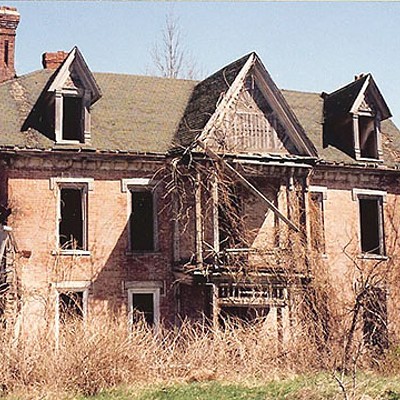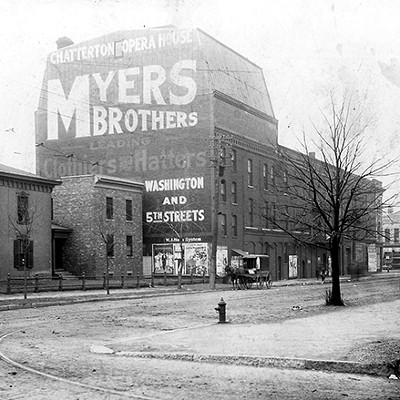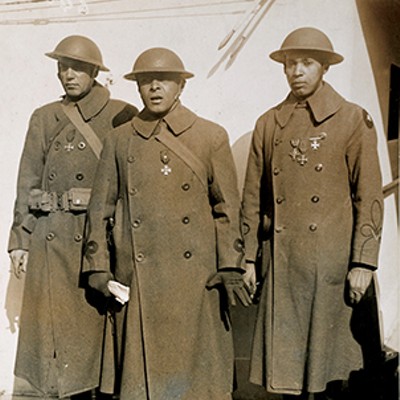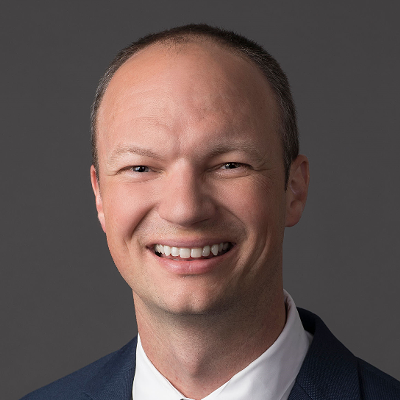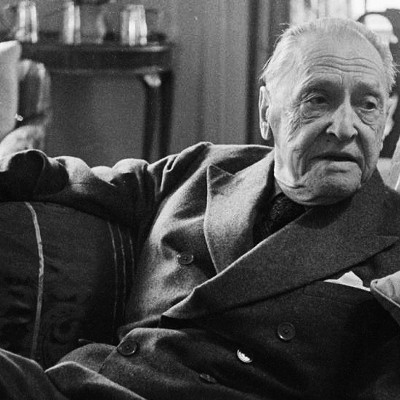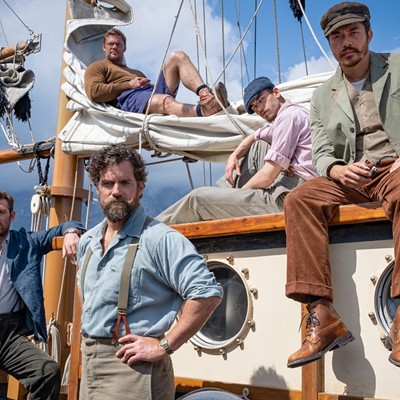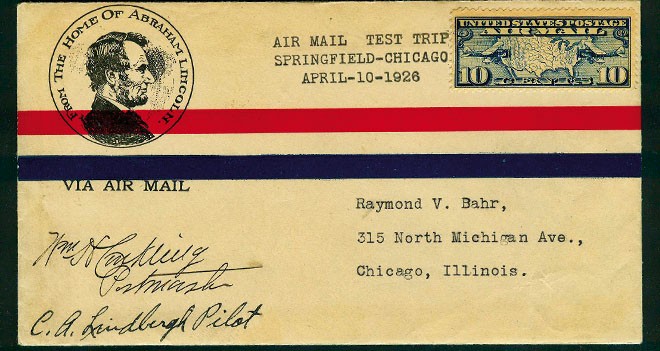
Before he was Lucky Lindy, America’s aviation hero, Springfield knew Charles Lindbergh as “Slim,” the affable young blond pilot who delivered mail twice a day in a modified WWI-surplus de Havilland D4 biplane on the city’s first air mail route.
The first regular airmail service in the United States was inaugurated by the United States Post Office Department in 1918. Interest in a federal airmail service had begun as early as 1912, but it took the rapid development of aviation technology that occurred during World War I to make it a reality.
The Post Office Department administered airmail service for the next eight years. This period saw a number of critical developments in American aviation: a growing system of airway beacons connecting lighted airfields; newer, more advanced airplanes; better navigational aids; and an experienced corps of pilots.
In 1925, Congress passed the Kelly Act, which authorized the Post Office to contract with commercial air carriers to create and maintain new airmail routes. The first two Contract Air Mail Routes were inaugurated on Feb. 15, 1926. One ran between Detroit and Cleveland, the other ran between Detroit and Chicago.
Charles Lindbergh was a 24-year-old barnstormer and flight instructor living in St. Louis when he was hired by the Robertson Aircraft Company to lay out and fly the newly organized Contact Air Mail Route #2. This route, only the third commercial airmail line in the country, would provide airmail service between Chicago and St. Louis, with stops in Springfield and Peoria.
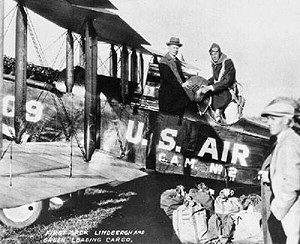
Airmail service began in Springfield on April 15, 1926. Thousands of people marched in a parade to the airfield, where they greeted the arrival of four planes piloted by Lindbergh, Daniel Robertson, Philip Love and C. R. Wasall. More than 29,000 letters in souvenir envelopes with a specially designed cancellation stamp were sent out that day.
Airmail service was offered from Springfield daily. Flights bearing mail south to St. Louis departed at 7 a.m., and flights bearing mail north to Chicago departed at 5:30 p.m.
Lindbergh spent 10 months as a pilot on the Contract Air Mail Route #2. Twice he was forced to bail out of his plane. On Sept. 16, 1926, he ran out of fuel on his approach to Chicago and bailed out over Wedron, Illinois. His parachute jump from 4,000 feet was, at that time, the longest night jump on record. On Nov. 3, 1926, Lindbergh again bailed out, this time due to bad weather. He landed in a barbed wire fence in Covell, near Bloomington.
On May 20-21, 1927, a little more than a year after he first landed in Springfield as an airmail pilot, Lindbergh captured the world’s imagination by becoming the first aviator to successfully fly nonstop between Paris and New York City in his custom-designed Ryan NYP monoplane, dubbed “The Spirit of St. Louis.” The trip made him an international hero.
Lindbergh’s victory tour took him back to Springfield on Aug. 15, 1927. He landed in the familiar field of William Bosa’s farm, recently renamed “Lindbergh Field” in his honor. More than 50,000 people turned out to cheer for their former air mailman along the five-mile route between his landing site and the state arsenal, where 10,000 more waited to catch a glimpse of the man and his airplane.
“Did it feel natural to land here?” someone in the crowd asked him.
“It didn’t feel anything else but,” Lindbergh replied. “It’s like coming home, flying to Springfield.”
Erika Holst is curator of collections at the Springfield Art Association.


